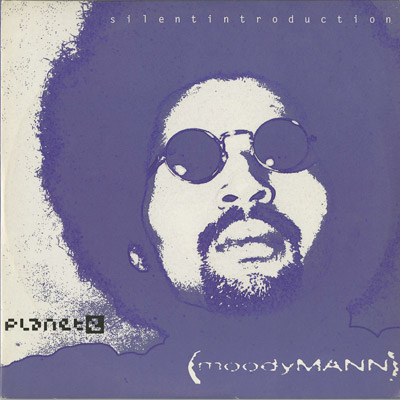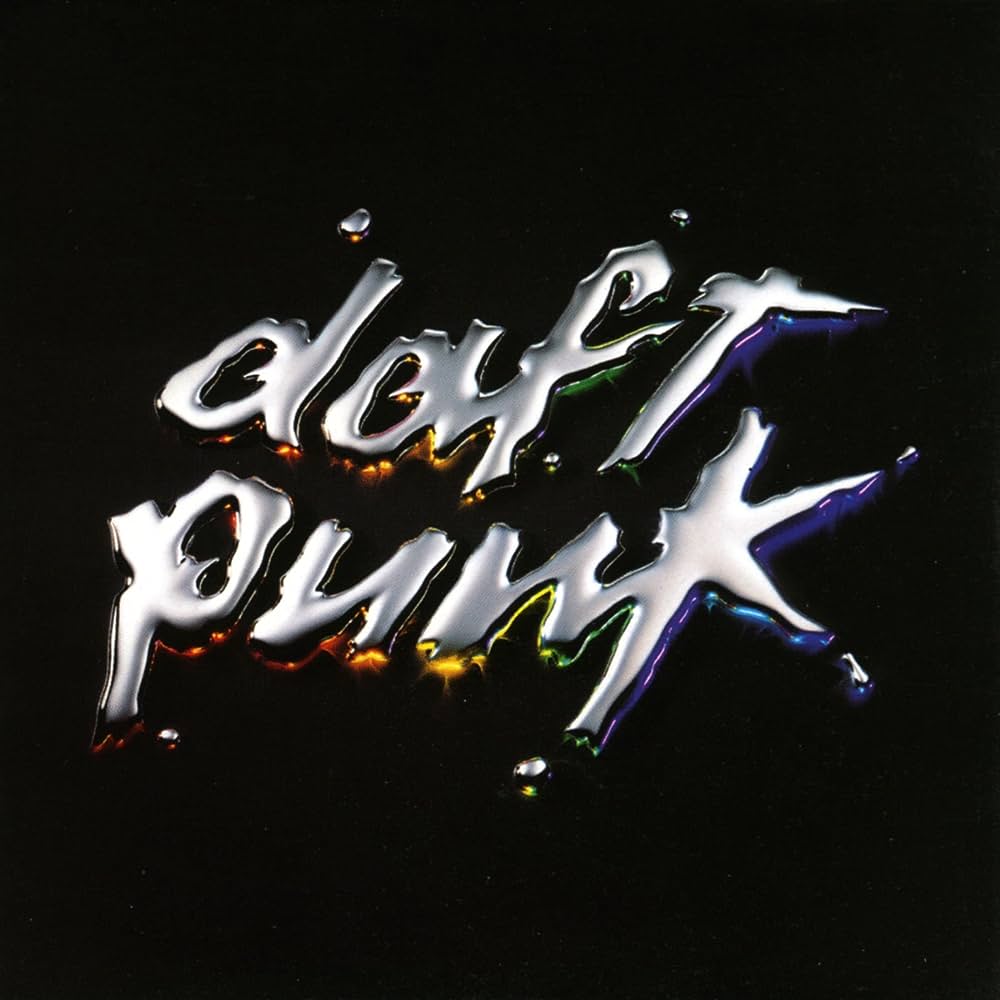イントロダクション
1970年代半ばから始まったディスコブームは、映画『サタデー・ナイト・フィーバー』の公開(1977年公開。日本では翌1978年公開)により、世界的なブームとなり最盛期を迎えます。これを皮切りに多くのミュージシャンによってディスコミュージックが次々にリリースされ、『Donna Summer – Hot Stuff』『Rod Stewart – Da Ya Think I’m Sexy?』等、世界的な大ヒットも生まれます。
一方で過熱したディスコブームやディスコカルチャーに対する激しい反発(Disco Demolition Night等)が生まれ、1970年代の終わりとともにディスコミュージックは急激に衰退していきます。


胎動
1980年代初頭、シカゴにあるクラブ「Warehouse(店名はその後ハウスの語源となります)」でプレイしていたニューヨーク出身のDJ、Frankie Knuckles(後年ハウスの父と呼ばれるレジェンド)は、クラブの客が踊りやすくするために、テープレコーダーでディスコミュージックのイントロやブレイクの部分を引き延ばしたり、Roland TR-909のドラムサウンドを加えたディスコミュージックのリミックス(リエディット)を「Warehouse」でプレイするようになります。
Frankie KnucklesのWarehouseサウンドに感銘を受けた若いインディーズのミュージシャンたちが、当時まったく人気がなく、二束三文で中古品が投げ売りされていたTR-909やTR-808、テープレコーダー等で、ディスコミュージック由来のサウンドメイク(ビートメイク)を始めます。これがHouse musicの胎動です。


Lo-Fiな4つ打ちのカリスマ
1990年代、MPCの登場によってヒップホップが黄金期を迎える頃、House musicにもMPC、SP-1200を使ったカリスマが登場します。後の特にLo-Fi House(ローファイな質感を持つハウス。ここでは広義の意味でこれらをLo-Fi Houseと呼ぶことにします)のビートメイカーに大きな影響を与えることになる重要人物、Theo ParrishとMoodymannです。
二人ともデトロイトのアンダーグラウンドシーンを代表するビートメイカーで、ヴィンテージなソウルミュージック、ジャズ、アンビエント等をサンプリングし、MPCやSP-1200等のハードウェアサンプラーを駆使した、ややダウンビート気味のザラついたローファイサウンドを特徴としていました。これらはHouse musicに大きなインパクトを与えることとなります。


ゲームチェンジャー
2000年11月、世界的な大ヒットとなるHouse musicがリリースされます。フレンチ・ハウスの二人組ユニットDaft Punkによる6thシングル『One More Time』です。トークボックスを使った印象的なヴォーカル、原点回帰とも言えるディスコミュージックからのサンプリング、松本零士によるPVも注目を集め、メジャーシーンにおいて確固たる地位を確立しました。
Daft Punkについては説明不要と思いますが、2021年の解散以降もHouse musicに限らずダンスミュージック全体に多大な影響を与え続けているアーティストであると言えるでしょう。


インターネットコミュニティ
2010年代、インディーズミュージシャンや音楽を専業としないアマチュアミュージシャン達が、YouTube等の動画投稿サイトに自らの作品を投稿し合うWeb上のコミュニティが活性化していきます。自分以外の人間の作品に触れる機会が圧倒的に増えてきたわけです。すると、同じ音楽的指向を持つミュージシャン達がコアなコミュニティを形成するようになり、それが新たな音楽ジャンルを生み出していきます。
Lofi hip hopやVaporwave等は、そういった過程でWeb上の音楽コミュニティから生まれてきました。このようなインターネットミュージック、特にLofi hip hop、Vaporwaveのようなビートミュージックの発展は、Webサイトを通じて膨大な量の音楽にアクセス可能となった潮流、DAWソフトの高性能化、パーソナルで扱いやすく安価なサンプラーであるSP-404SXの存在などが要因と考えられます。
VaporwaveのコミュニティからDaft Punkに影響を受けたミュージシャン達が、日本のアニメや、1980年代の日本のアイドルポップスを中心としたシティポップをサンプリングした4つ打ちのビートをWebサイト上に投稿するようになり、それが評判となります。
日本語のアニメのセリフやシティポップをまるっとサンプリングし、House musicの要素をふんだんに取り入れたFuture Funkは、近年のシティポップブームのきっかけとなり、「Macross 82-99」「Night Tempo」などの一般的にも知られるスターを生み出すこととなりました。
最先端の音楽の生まれる場所が、クラブから、インターネットコミュニティへと代わってきたのかもしれません。


House musicは誕生以来、様々なサブジャンルに分岐して現在も進化を続けていますが、ディスコミュージックから受け継がれた最大の特徴である反復するキックドラムの4つ打ちが、リスナーやダンサーに与える多幸感はこれからもずっと続いていくことでしょう。
ハウスは、ディスコの復讐なんだよ
Frankie Knuckles
復讐という料理は、冷めてから食ったほうがうまい
復讐とはゆっくり時間をかけて行うのが効果的であることの意。フランスに古くから伝わる諺。

